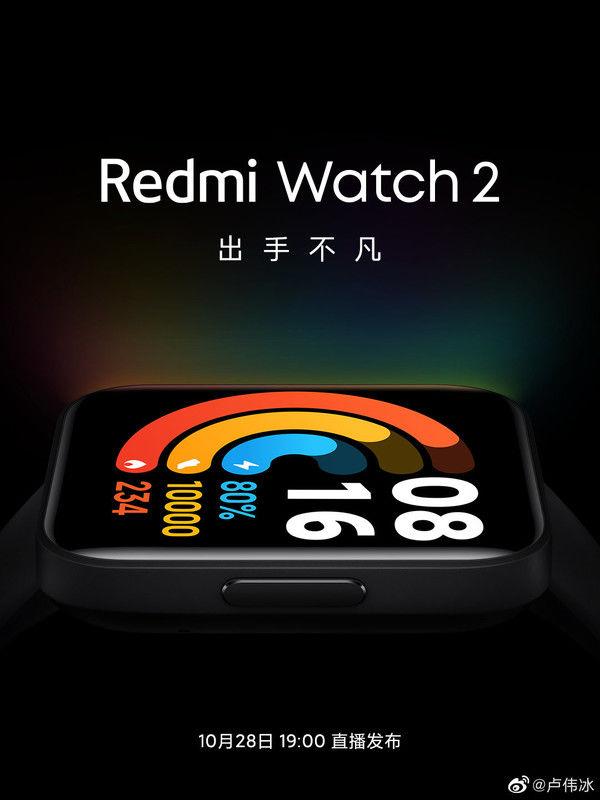Go具有排序包, 可用于对内置以及用户定义的数据类型进行排序。
sort包具有不同的方法来对不同的数据类型进行排序, 例如Ints(), Float64s(), Strings()等。
我们可以使用AreSorted()方法(例如Float64sAreSorted(), IntsAreSorted()等)来检查值是否已排序。
GO排序示例
package main
import (
"sort"
"fmt"
)
func main() { intValue := []int{10, 20, 5, 8}
sort.Ints(intValue)
fmt.Println("Ints:", intValue) floatValue := []float64{10.5, 20.5, 5.5, 8.5}
sort.Float64s(floatValue)
fmt.Println("floatValue:", floatValue) stringValue := []string{"Raj", "Mohan", "Roy"}
sort.Strings(stringValue)
fmt.Println("Strings:", stringValue) str := sort.Float64sAreSorted(floatValue)
fmt.Println("Sorted: ", str)
}输出:
Ints:[5 8 10 20]
floatValue:[5.5 8.5 10.5 20.5]
Strings: [Mohan Raj Roy]
Sorted:true我们还可以实现自己的排序模式, 假设我们想根据字符串的长度对字符串数组进行排序。为此, 我们必须实现在排序接口中定义的自己的Less, Len和Swap方法。
然后, 我们必须将数组转换为实现的类型。
package main
import "sort"
import "fmt"typeOrderByLengthDesc []string
func (s OrderByLengthDesc) Len() int {
return len(s)
}
func (str OrderByLengthDesc) Swap(i, j int) {
str[i], str[j] = str[j], str[i]
}
func (s OrderByLengthDesc) Less(i, j int) bool {
return len(s[i]) >
len(s[j])
}
func main() {
city := []string{"New York", "London", "Washington", "Delhi"}
sort.Sort(OrderByLengthDesc(city))
fmt.Println(city)
}【GO使用排序】输出:
[Washington New York London Delhi]










